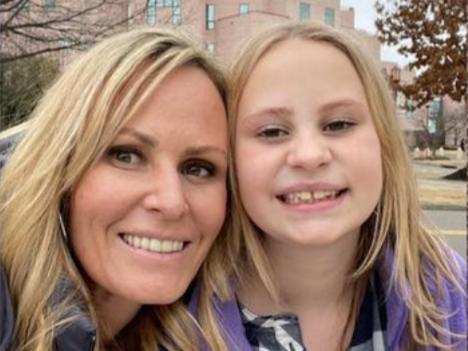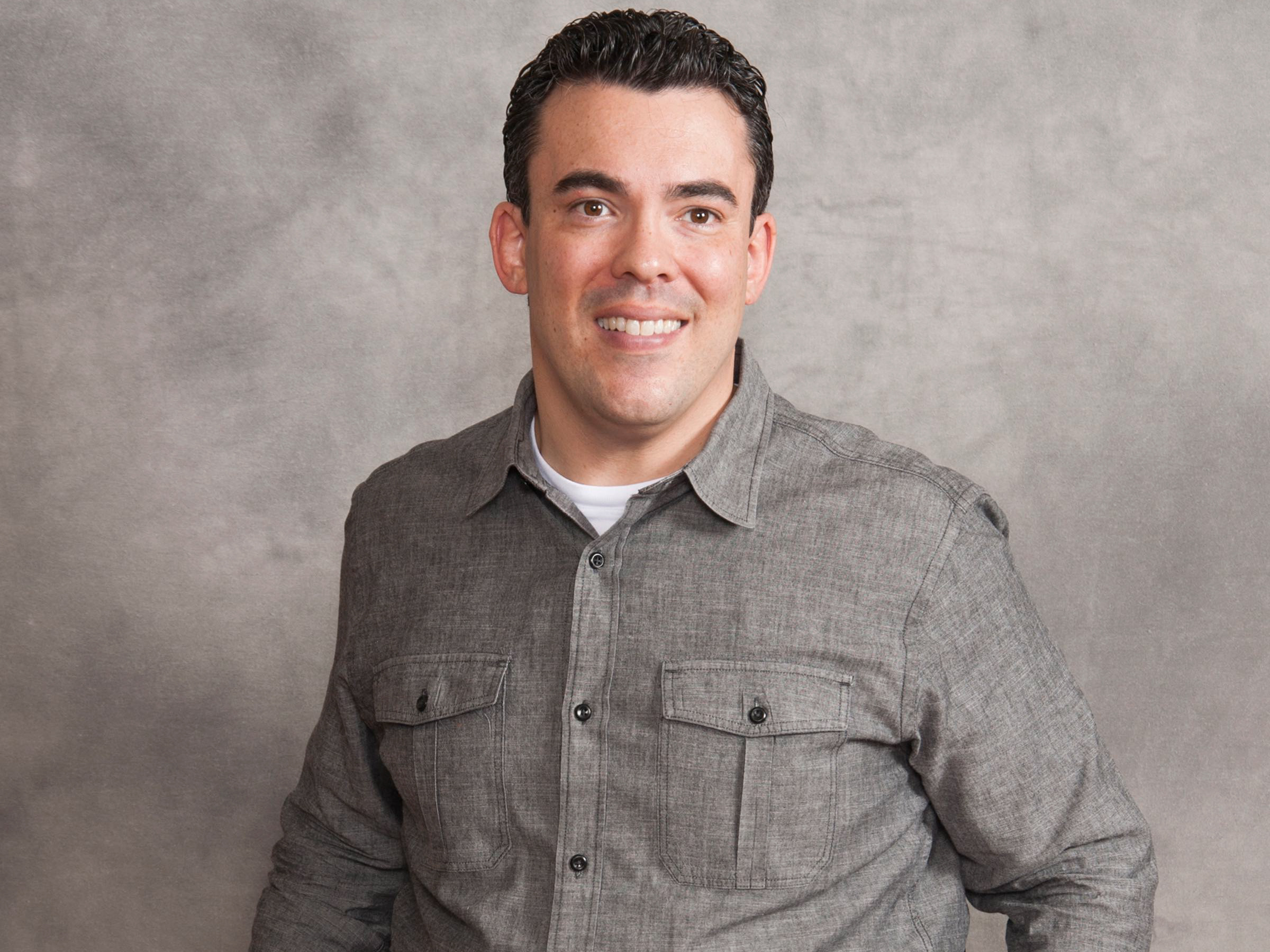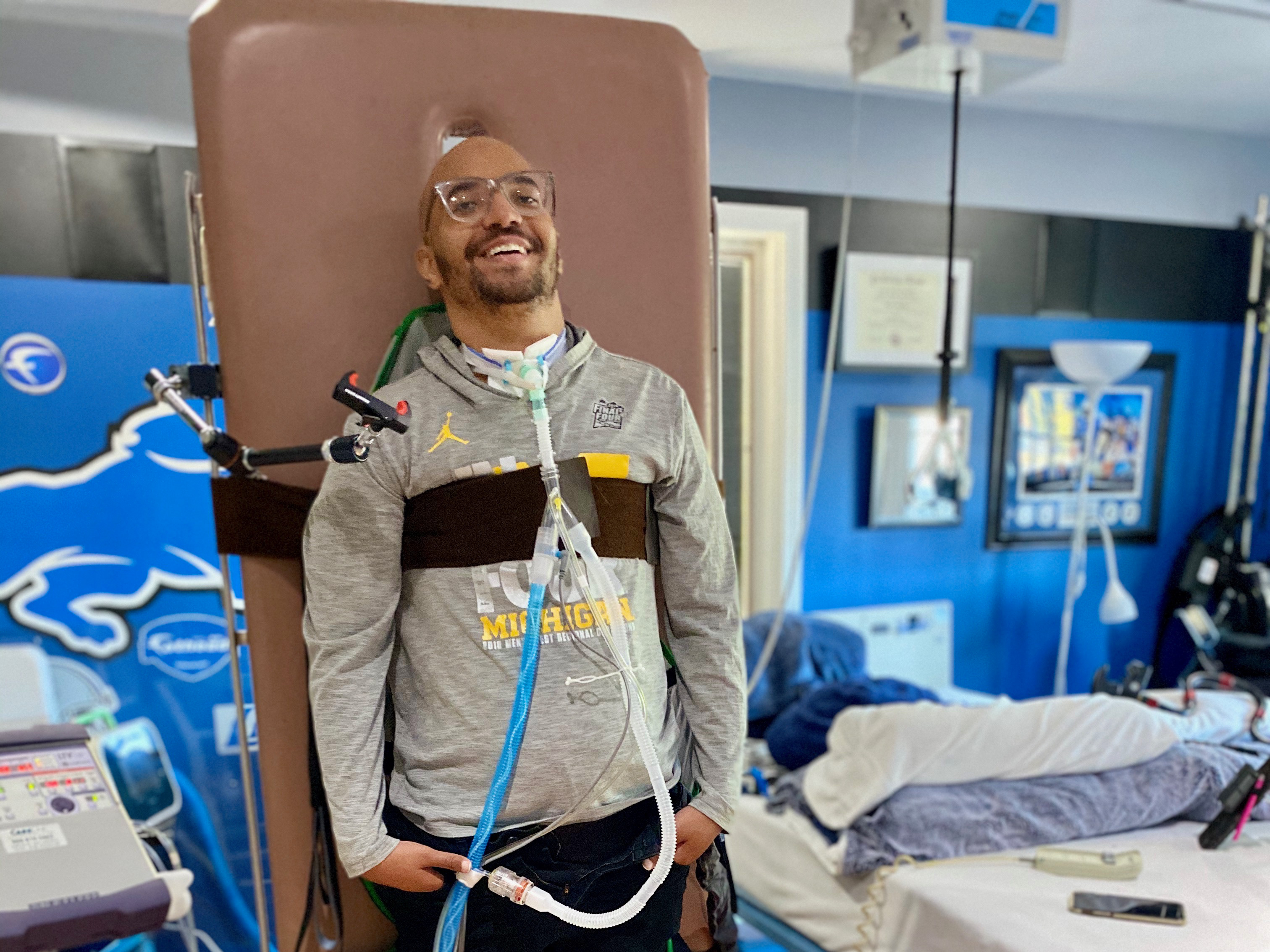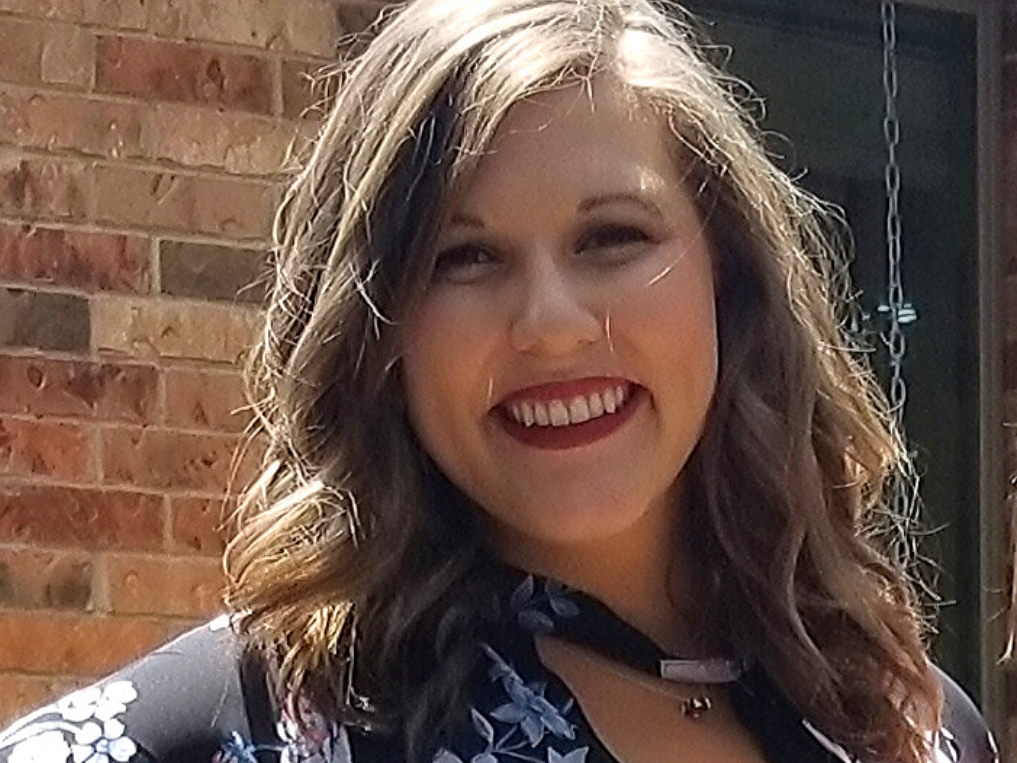Lea Bertoni graduated from Duquesne University in Pittsburgh, PA in 2011 with a degree in Occupational Therapy. After working in more “traditional” Occupational Therapy settings for 4 years, she decided to pursue the specialty of driver rehabilitation. Lea joined "Driving to Independence" in Tempe, AZ in October 2015 and successfully achieved certification as a Certified Driver Rehabilitation Specialist (CDRS) in August 2017.
Since joining the Driving to Independence team, she has been involved in various professional development activities. She is an active member of the Association of Driver Rehabilitation Specialists (ADED) and enjoys mentoring Occupational Therapy students and other therapists in the community on the role of driver rehabilitation. She has found a passion about the role of OT within the Driver rehab field and the unique skills that an OT can provide to clients within this setting. She hopes to share a glimpse of that with you today
This interview covers a wide variety of topics related to driving that I think both clinicians and anyone who may be looking to return to driving or start driving for the first time will find helpful. If you want to find out more about Driving to Independence, a small private practice with locations in Phoenix, Tucson and New Mexico you can visit Drivingtoindependence.com
Show Notes
-For a generalist therapist, answering questions about returning to driving or appropriateness to driving can be intimidating and come with a lot of liability
-Clinical assessments only may not give a full picture of someone's safety to drive so a behind the wheel assessment is critical
-The Certified Driving Rehabilitation Specialist (CDRS) training pathway is open to anyone with a background in a health-related field but is often a path chosen by Occupational Therapists
-Lea began working with Driving To Independence which gave her the experience needed to sit for the certification exam put on by ADED: the National Association of Driving Rehab Specialists. Hours of experience needed to sit for the exam vary based on the candidate's professional background
-Driving evaluations are appropriate both for novice drivers and for experienced drivers who are looking to resume driving or determine if continuation of driving is appropriate
-Physical disabilities, cognitive and learning disabilities may lead to a referral to a CDRS
-A traditional driving school may not be able to provide the necessary resources or adapt training to meet the needs of their clients
-Requirements to report change in or concerns for driving status vary based on state. Some states require a physician to report this information to the Department of Motor Vehicle and other states are considered self-report states wherein an individual is responsible for reporting themselves to the DMV. This triggers a medical review either by a physician only or in conjunction with a formal driving assessment
-Reporting to the Motor Vehicle Division may seem intimidating but it ensures that if an accident occurs you will have gone through the proper channels to ensure you are considered safe to drive
-A physician referral is required before the evaluation can occur
-Clinical assessment: cognitive function, vision, visual-perceptual function, physical testing, basic driver knowledge
-Behind-the-wheel assessment: standardized route, adaptive equipment can be added along the way to see what works
-Remediation of skills or compensation strategies can assist someone in getting out onto the road safely. Referral to other healthcare professionals can be essential to helping someone meet their goals of driving
-Some common clinical assessments that help assist driving crash risk: Trail-making tests (A and B), MOCHA, Motor Visual Perceptual Test, BCAT
-The behind-the-wheel assessment progresses from quiet parking lot to busy streets as appropriate. CDRS is looking for certain skills along the way. The dual controlled vehicle allows for an instructor brake if necessary
-Adaptive driving equipment can be added at any time to the car and training and assessment can begin. Training is offered beyond the assessment period to help the driver get comfortable and familiar with the new equipment and allow for necessary adjustments
-Potential assessment outcomes: 1) Driver is safe and medical review process is initiated; 2) adaptive equipment and behind-the-wheel training is needed; 3) driving is not safe at this time and the driver may return at a later time, perhaps after remediation or referral to other providers; 4) driver is not safe to return to driving and license is revoked
-Requirements to report outcomes to the motor vehicle division vary based on state and facility
-Funding for the assessment or for the adaptive equipment is not typically provided by commercial insurance. The Veteran's Administration, Vocational Rehabilitation, Workman's Comp and certain diagnosis-specific associations may offer full or partial coverage
-Adaptive driving equipment includes (but not limited) items such as hand control, left-foot accelerator, steering devices such as hand knobs or joysticks
-Installation of most adaptive equipment still allows for others to drive the vehicle in it's traditional manner
-National Mobility Equipment Dealer Association (NMEDA) certifies installers to install the prescribed equipment (www.NMEDA.com) Can also provide passenger modifications
Important Links:
Instagram: @driving_to_independence
Private Facebook Group for OTs: Driving Rehab for the OT
www.aded.net (this is the ADED website which has a link for all CDRS' nationwide)
American Occupational Therapy Association: www.aota.org (more info on the "Driving & Community Mobility tab")






